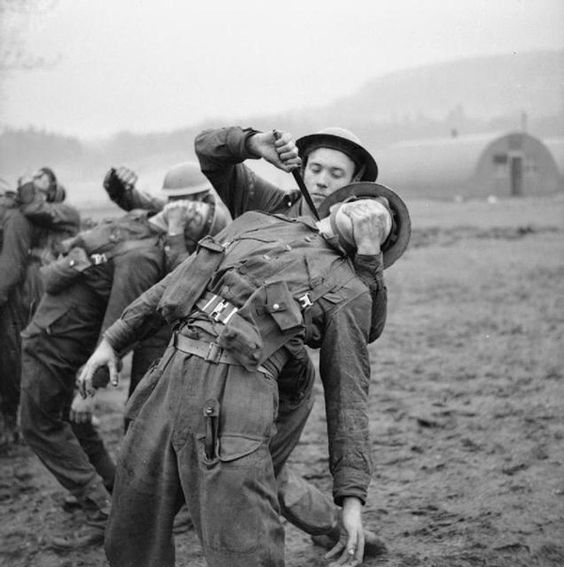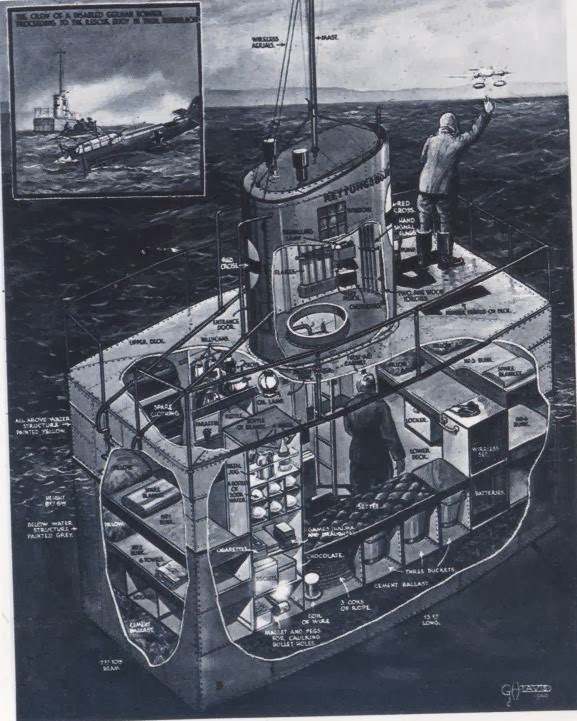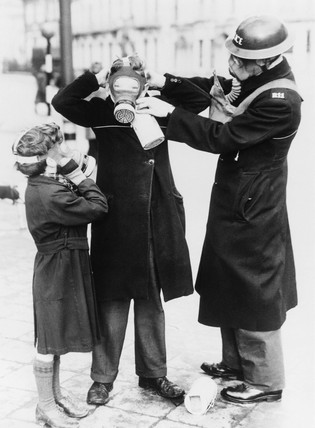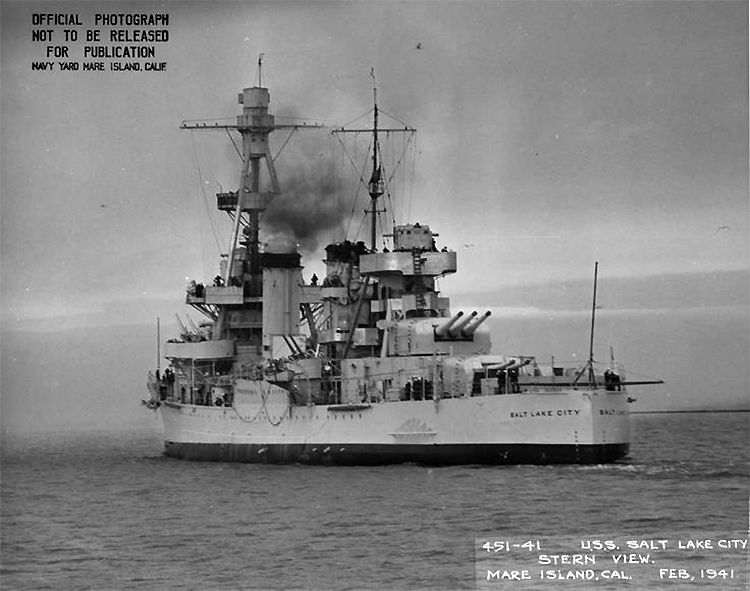Monday 3 March 1941
 |
| British commando training during World War II. |
Italian/Greek Campaign: The Italians continue their aggressive operations in Greece, bombing Larissa north of Athens. The RAF shoots five of the bombers down. This attack adds insult to injury, as Larissa has been devastated by earthquakes recently.
The Greeks are looking forward to the British expeditionary force. However, issues of strategy continue. There are multiple proposed lines, with the Metaxas Line on the Bulgarian border, the Aliakhmon Line behind the Metaxas, and the Nestos Line. The Greeks refuse to contemplate any territorial losses, so they want to try to hold the most advanced lines, while the British are more realistic and believe only lines further back have any likelihood of holding.
To try to reach some kind of resolution to this disagreement, both Middle East Commander General Wavell and Lustreforce commander Henry Maitland Wilson fly into Tatoi airfield. They will meet with Anthony Eden and CIGS John Dill, who remain in Athens to address just this kind of issue. However, no agreement is possible, because the two allies have different priorities. In any event, the first convoy for Lustreforce is scheduled to leave Alexandria tomorrow.
East African Campaign: The British at Mescelit Pass make some tentative moves forward. The 1st Royal Sussex advance across the Anseba Road and reach the vicinity of Mendad. Other troops head toward Massawa. There is only scattered Italian opposition on the road to Massawa.
The Italians at the port of Massawa see the British approaching and know what that invariably means - the same thing that happened at Kismayu and Mogadishu. So, the captains of three Italian submarines - Archimede, Guglielmotti, and Ferraris - set out to run the British blockade into the Indian Ocean.
European Air Operations: RAF Bomber Command sends 71 bombers against Cologne (Koln) during the night. The Luftwaffe bombs Cardiff again with 47 bombers.
 |
| "The railings being dismantled in Berkeley Square, Mayfair on 3 March 1941." © IWM (HU 57684). |
U-97 (Kptlt. Udo Heilmann) loses a man (Bootsmannsmaat, or Petty Officer, Artur Mei) overboard in the Bay of Biscay. Such incidents are very disheartening to the confined crews in U-boats.
U-124 (Kptlt. Georg-Wilhelm Schulz) is operating around the Canary Islands. Today, it refuels from German tanker Charlotte Schliemann. It will work in loose conjunction with Gneisenau and Scharnhorst, which now are in the same general area.
Royal Navy T-class submarine HMS Taku (Lt. John Frederick Beaufoy Brown, RN), on a passage from Holy Loch to Halifax, has been in trouble since 27 February due to weather damage. The aft hydroplanes have become locked in the vertical position due to wave damage, leaving the submarine immobile. Today, three Royal Navy ships (HMS Enchantress, Gladiolus and HMRT Salvonia) arrive. Salvonia after great difficulty takes the damaged submarine in tow to Londonderry.
The Luftwaffe bombs and sinks 275-ton Royal Navy trawler HMT Cobbers off Lowestoft. There are 9-11 deaths, including Skipper L. Turner RNR, of her 15-man crew.
The Luftwaffe (KG 27 Heinkel He 111) bombs and disables 866-ton British freighter Port Townsville in St. George's Channel. There are two deaths, and the Port Townsville eventually sinks.
The Luftwaffe bombs and sinks Royal Navy 5 ton auxiliary yacht HMY Tiny while at the dock at Sutherland.
Royal Navy destroyer HMS Burnham collides with its fellow destroyer HMS Malcolm in the Northwest Approaches. Both destroyers proceed to Liverpool for repairs lasting into April.
British mine destructor ship HMS Corfield collides with British freighter Cormead in the Thames Estuary. The Corfield is lightly damaged and goes to Blackwell for repairs lasting until mid-March.
Royal Navy gunboat MGB 13 hits a mine off Milford Haven. It eventually sinks.
Convoy HG 55 departs from Gibraltar.
Royal Navy corvette HMS Begonia (K 66, Lt. Thomas A. R. Muir) and the escort destroyer HMS Liddesdale (L100) are commissioned, minesweeping trawler HMS Inchcolm and corvette Alysse are launched, and destroyer HMS Holcombe is laid down.
U-125 (Kapitänleutnant Günther Kuhnke) is commissioned.
 |
| The Port Townsville ablaze in St. George's Channel, 3 March 1941. |
Another supply convoy for Rommel's Afrika Korps departs from Naples bound for Tripoli. It has four freighters and is escorted by two destroyers and a torpedo boat.
British 1553-ton freighter Knight of Malta runs aground near Ras Azzaz, Libya (north of Bardia). Everybody survives. The cargo is salvaged, but the ship is written off due to air attacks.
At Malta, the conscription recently ordered by Governor Dobbie begins. Men line up at Birkirkara School to be processed. In addition, Police Constable Carmel Camilleri is awarded the George Medal for actions he took on 4 November 1940. On that date, Camilleri rescued an RAF pilot from a cliff into which his plane had crashed.
Battle of the Pacific: Convoy AP 14 departs from Wellington, New Zealand.
 |
| Panzer III in Bulgaria, March 1941. |
Turkish/Bulgarian Relations: Turkey also reacts to the Bulgarian signing of the Tripartite Pact. It abrogates the non-aggression pact that it signed with Bulgaria in February.
US/Bulgarian Relations: The United States also reacts negatively to the Bulgarian signing of the Tripartite Pact. President Roosevelt immediately freezes all Bulgarian assets in the US. There, in fact, are very few Bulgarian assets in the US, but this is another instance of Roosevelt using his economic powers as a means of punishment.
US/Vichy French Relations: Vichy France agrees not to supply the German war machine with oil from French North Africa.
US Military: Rear Admiral John H. Newton, Commander Cruisers Scouting Forces, leads a flotilla of cruisers and destroyers on a training/scouting mission from Pearl Harbor to the US Naval base at Samoa. However, this mission also has other possible destinations that have not yet been finalized.
Australian Government: Prime Minister Robert Menzies, visiting London, gives an address to the Foreign Press Association on diplomatic relations in the Pacific region. As he puts it in his diary, the solution is:
Policy vis a vis Japan is not appeasement in the sense of offering sops to Cerberus, but a proper blend of friendliness & a plan statement that we can and will defend ourselves and our vital interests.Churchill is sick with a cold and absent from Whitehall. Menzies notes that the British War Cabinet refuses to take any major decisions in his absence, and vows to find "the secret of having my cabinet unwilling to decide any important questions in my absence."
There are persistent theories that, around this time, several highly placed individuals in the British government are considering replacing Churchill with Menzies. Churchill is seen as a ruthless autocrat, while Menzies is far more amenable (and quite level-headed). However, this is a highly debatable theory based on scant evidence, though there is little question that Menzies is making a smashing impression in London. His absence from Melbourne, though, is gradually causing his highly placed political supporters there to look elsewhere. This is a fairly typical and recurrent political scenario, where a domestic leader becomes more popular abroad than at home (a more modern example is Mikhail Gorbachev in Russia).
The Germans execute Ernst Cahn. Cahn is one of the owners of the Koco ice cream joint, held by rebels, which the Germans stormed in February. The German forces incurred several casualties during that raid, which led to the General Strike, which led to the Germans killing literally dozens of people for protesting. This reportedly is the first execution of a civilian in cold blood in Holland (other than during incidents like the Koco battle), but it won't be the last.
American Homefront: The US Supreme Court issues its decision in Railroad Commission v. Pullman Co., 312 U.S. 496 (1941). This case introduces what is known as "Pullman Abstention," wherein federal courts abstain from hearing cases that involve questions of sensitive application of US Constitutional claims to state policy. In short, when state social policy is at issue, the proper court to decide a case is the state court in the state in question despite the presence of questions relating to the US Constitution. If deciding the state law ground for relief could obviate the need to adjudicate the federal issue, then the state court should be the proper court to hear the case. This Pullman Abstention doctrine leads to decades of refinement and a clear set of rules for deciding the issue, and the general result is that the state court hears the case first, and if the application of state law does not determine the outcome, then a federal court can hear the claims based on the US Constitution.
 |
| Australians about to ship out to Greece muster to lifeboat stations during a drill, 3 March 1941 (Australian War Memorial). |
March 1941
March 1, 1941: Rettungsboje
March 2, 1941: Oath of Kufra
March 3, 1941: Germans in Bulgaria
March 4, 1941: Lofoten Islands Raid
March 5, 1941: Cooperation With Japan
March 6, 1941: Battle of Atlantic
March 7, 1941: Prien Goes Under
March 8, 1941: Cafe de Paris
March 9, 1941: Italian Spring Offensive
March 10, 1941: Humanitarian Aid
March 11, 1941: Lend Lease Become Law
March 12, 1941: A New Magna Carta
March 13, 1941: Clydeside Wrecked
March 14, 1941: Leeds Blitz
March 15, 1941: Cruisers Strike!
March 16, 1941: Kretschmer Attacks
March 17, 1941: Happy Time Ends
March 18, 1941: Woolton Pie
March 19, 1941: London Hit Hard
March 20, 1941: Romeo and Juliet
March 21, 1941: Plymouth Blitz
March 22, 1941: Grand Coulee Dam
March 23, 1941: Malta Under Siege
March 24, 1941: Afrika Korps Strikes!
March 25, 1941: Yugoslavia Joins The Party
March 26, 1941: Barchini Esplosivi
March 27, 1941: Belgrade Coup
March 28, 1941: Cape Matapan Battle
March 29, 1941: Lindbergh Rants
March 30, 1941: Commissar Order
March 31, 1941: Cookie Bombs
2020




















